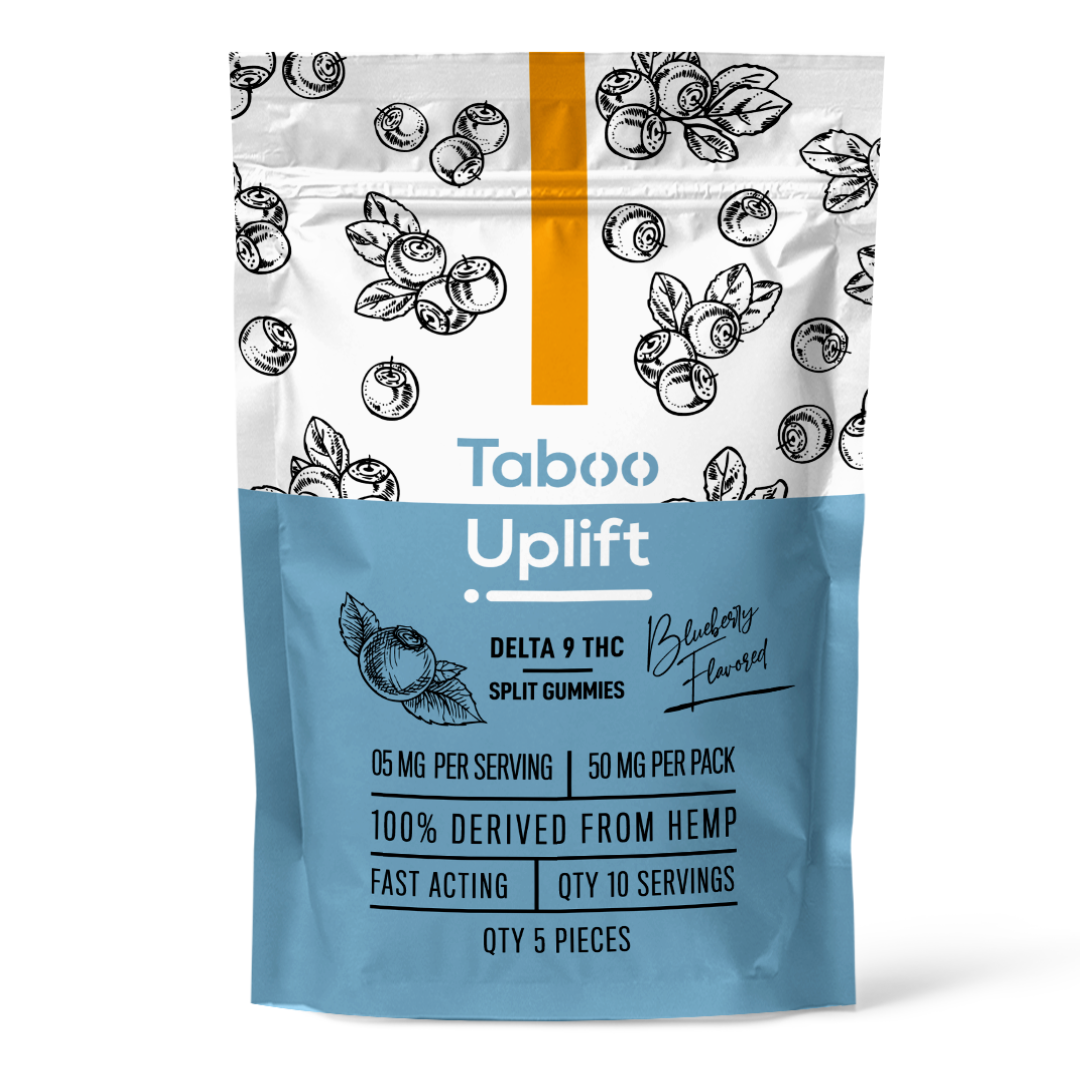Hemp has history — and further potential — in the consumer auto market too

Italian engineers and a racing team are test driving hemp-fiber materials as body components in a high-speed, electric-powered race car, reports Hemp Today.
Made for the auto-racing team Romeo Ferraris, the Giulia ETCR race car debuted this year on Pure ETCR, a racing series for electric cars. Already eco-friendly, the Giulia ETCR boasts a second sustainable feature: some of its body components are made of a fiber dubbed "Turkish satin hemp.”
Michela Cerruti, leader of the Romeo Ferraris team, spoke with enthusiasm about the idea of combining speed and sustainability.
“We are really proud to be able to announce this technical innovation for the season finale in Pure ETCR,” Cerruti said. “The use of hemp fiber for some bodywork components demonstrates, on the one hand, our constant search for improvements and innovations for the Giulia ETCR project, and on the other hand, the desire to offer a concrete contribution to eco-sustainability, an area where motorsport plays an important role in terms of future development.”
Hemp and other natural fibers are seeing increased use in the automotive sector, according to Hemp Today. They’re elastic, strong and lighter than carbon fiber, the industry standard for several decades.
The Giulia ETCR’s hemp-fiber components were developed in a collaboration between three Italian companies: fabric maker Fibertech Group, linen and yarn manufacturer Linificio and Canapificio Nazionale, and auto parts supplier Bercella.
“We at Romeo Ferraris immediately decided to take up the challenge of a championship like the Pure ETCR with full-electric cars that act as a test bench for solutions that we will soon be able to find on everyday vehicles,” Cerruti said. “In addition to the strictly motoring front, this process can occur in the development of cutting-edge materials, like those of plant origin on which we have worked together with Fibertech Group and Bercella.”
Timeline: Industrial Hemp In the Automotive World
— based in part on research from Hemp Today —
- 1941: Henry Ford debuts a prototype of a car with a body of plant-based composite materials, including hemp fiber. (Scroll to the end for a video.)
- 2010: Canada-based Motive Industries unveils the Kestrel, an electric vehicle with a body made from a hemp bio-composite and polymer resin. The hemp panels were impact-resistant, as well as lighter and less expensive than conventional composites.
- 2013: BMW’s i3 — the first mass-produced zero emissions vehicle from the German automaker — boasts hemp-based interior door linings that make the car lighter than a Chevy Volt or Nissan Leaf. In addition to being eco-friendly, the switch to lightweight hemp extended the vehicle’s driving range. Other major industry names also started using hemp materials for interiors in 2013, including Audi, Mercedes, Chrysler and Volkswagen.
- 2015: US-based Renew Sports Cars builds three “ultra-low carbon footprint” sports cars with bodies made of entirely of hemp composite, and the option of gas or electric power. The hemp-based bodywork is lighter than than steel or fiberglass, dent resistant and biodegradable.
- 2019: Porsche brings hemp to the auto racing world with its 718 Cayman GT4 Clubsport, featuring natural-fiber components in the doors and rear spoiler made from agricultural byproducts including flax and hemp.
- 2021: US-startup Aptera Motors announces it’s developing a vehicle powered directly by sunlight. The three-wheel vehicle looks like a hovercraft and has a built-in solar array with the option to plug in for power on cloudy days. Its body, modeled after fighter jets and race cars, is a lightweight composite of carbon, Kevlar and hemp.






































